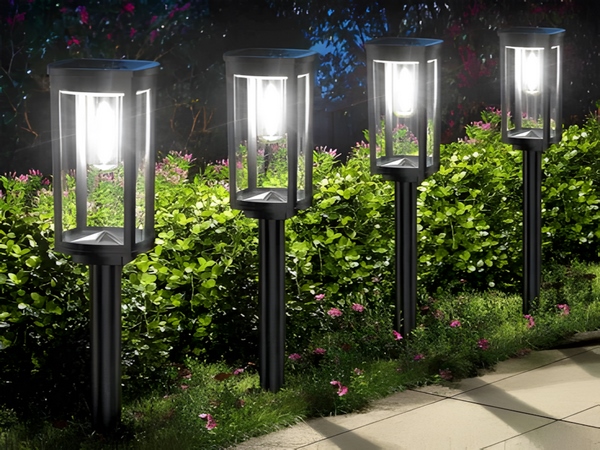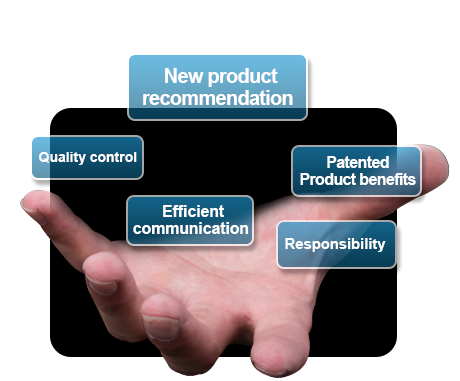
The ground insert light, commonly known as RGB four-wire three-loop LED spot light, is often used for color changes that produce illusionary effects and is mainly applied for urban lighting. This article discusses the design applications of ground insert lights with respect to their application scope, selection requirements, and installation process.
1. Application Scope
The lights should be placed in shrub areas to illuminate trees, effectively concealing the fixtures within the shrubbery, where the light outlets are approximately 10 cm above the shrub line.

2. Selection Requirements
From a daytime landscape perspective, it is advisable to minimize the use of ground insert lights in lawn areas, as irregular distributions of fixtures on greenery can create dark spots in a green environment. At night, this can lead to excessive glare, affecting the comfort of nighttime lighting. The use of decorative elements compatible with the landscape can provide cover.
3. Installation Techniques
Appearance Color:
Generally, ground insert lights on site are black; however, the actual installation effect can seriously impact the landscape when these fixtures are situated between lawns and shrubs. If replacement with in-ground lights is not feasible, the surface of these fixtures can be treated with dark green electrostatic spraying.
Fixing Techniques:
The advantage of this method is its convenience for installation, suitable for general projects with atypical timelines. However, the construction of insert lights determines that they cannot be securely fixed. They can tilt or pull out easily, making them susceptible to damage and posing safety hazards. If necessary to use LED ground insert lights, it is recommended to replace them with adjustable fixtures with bases that can be firmly set in place using poured concrete.
Wiring Techniques:
Cables and fixture leads are directly placed in landscaped areas without any protection, resulting in straightforward and simple connections. If surface water accumulates, there may be risks of electric leakage and short circuits, posing serious safety hazards.
Correct Installation Methods:
(1) If the power line has protective steel tubing, the leads should be protected by flexible metal conduits, with connections secured in waterproof junction boxes. After connections are complete, seal the edges of the junction boxes with silicone or wax, bury them in soil, and place appropriate gravel underneath (waterproofing is effective but more expensive).
(2) If the power line is protected by PE or PVC, use plastic conduits for protection, plastic junction boxes for connections, and bury them in soil, with appropriate gravel underneath. This method has relatively poor waterproofing but is cost-effective and easy to install.
(3) If time is tight or if exposed connections are unavoidable, use alternating protection with waterproof glue, insulating glue, and repeat to ensure thorough sealing. Position connections upwards, avoiding placement on the ground or underground, to prevent flooding at connection points and prevent leakage and electrical conduction (exposed connections should be within reach only in shrub areas).
With 15 years of professional research and development, Bitpott’s LED ground insert lights offer competitive prices. Specializing in solar lights, LED street lamps, and LED ground insert lights, quality is guaranteed, ensuring affordability.

